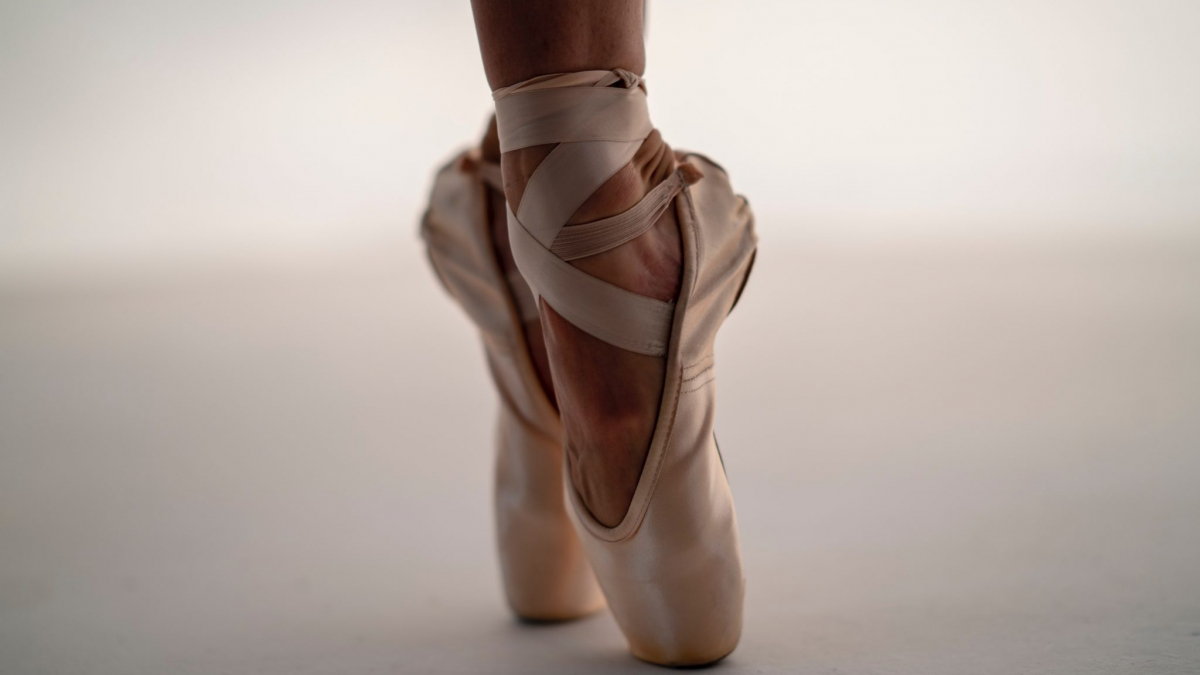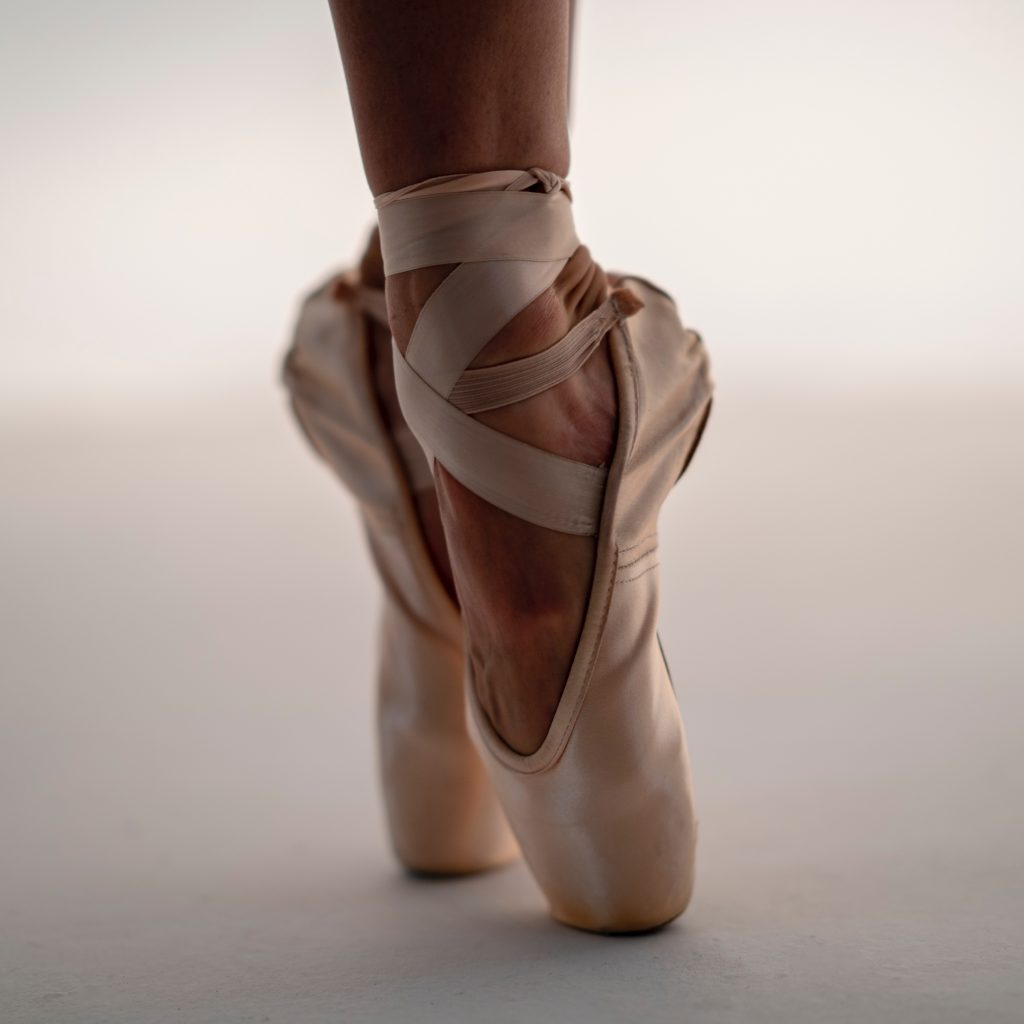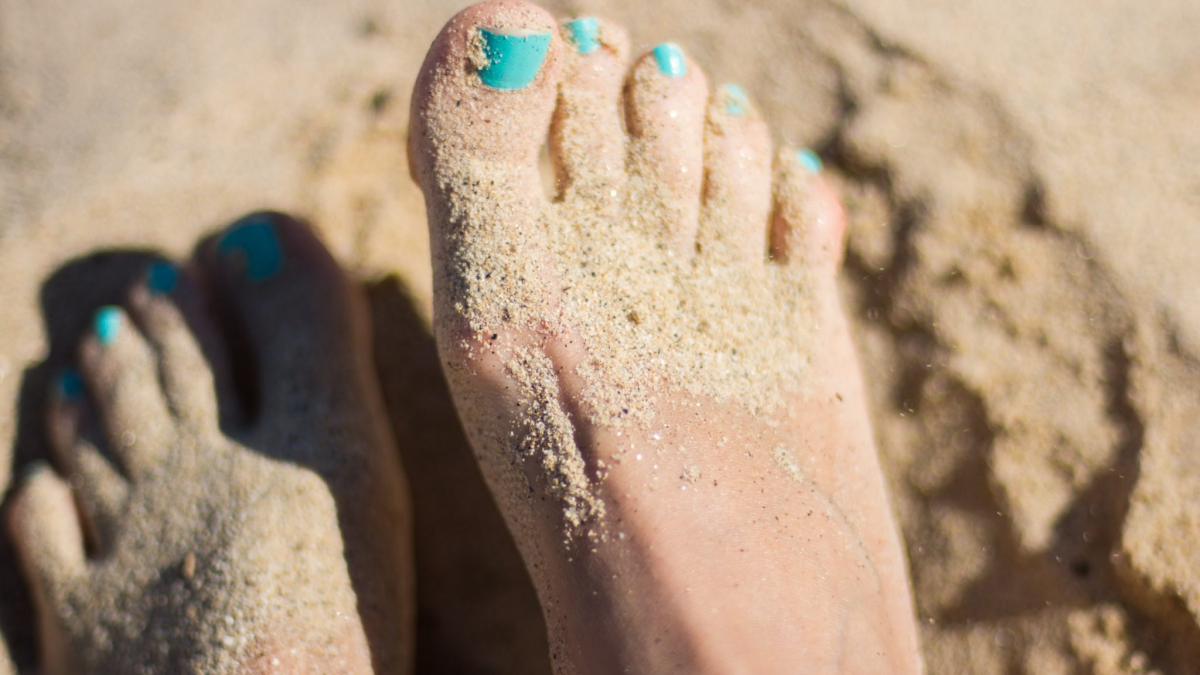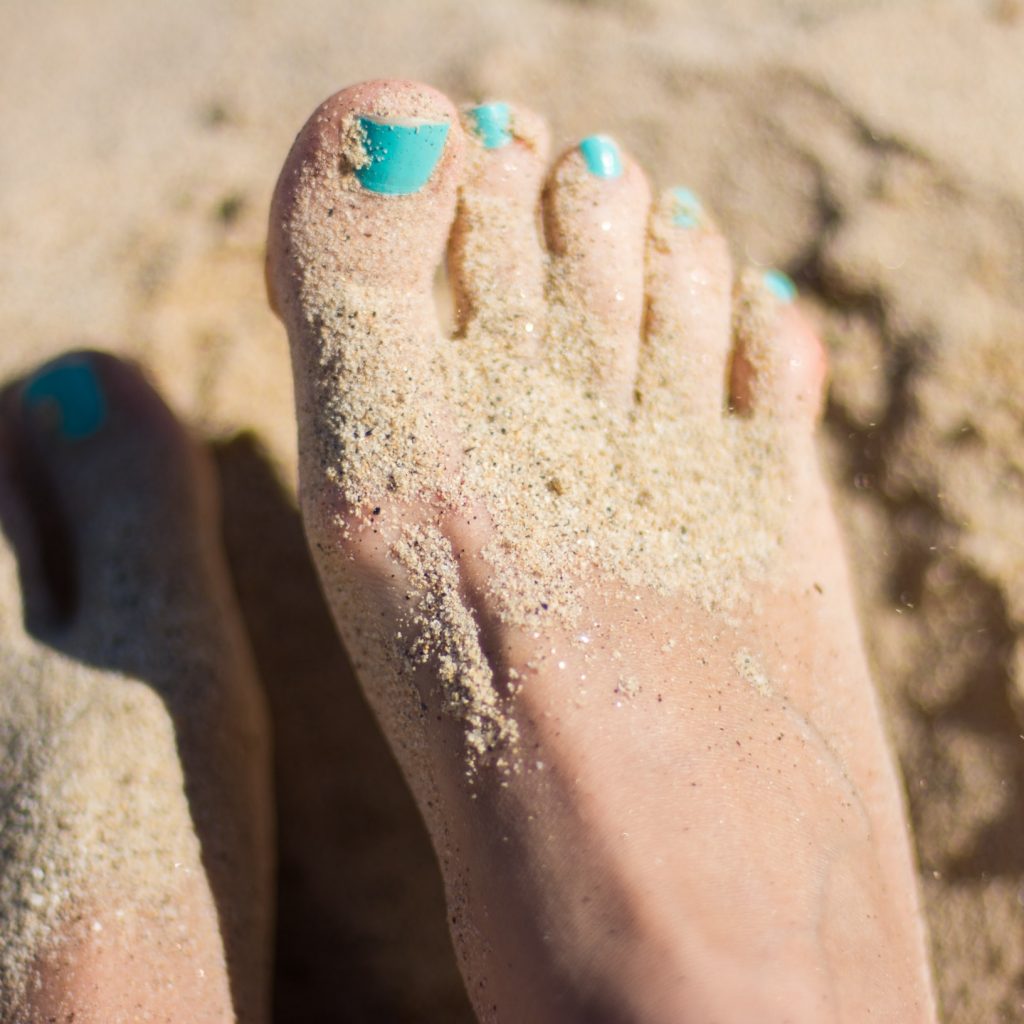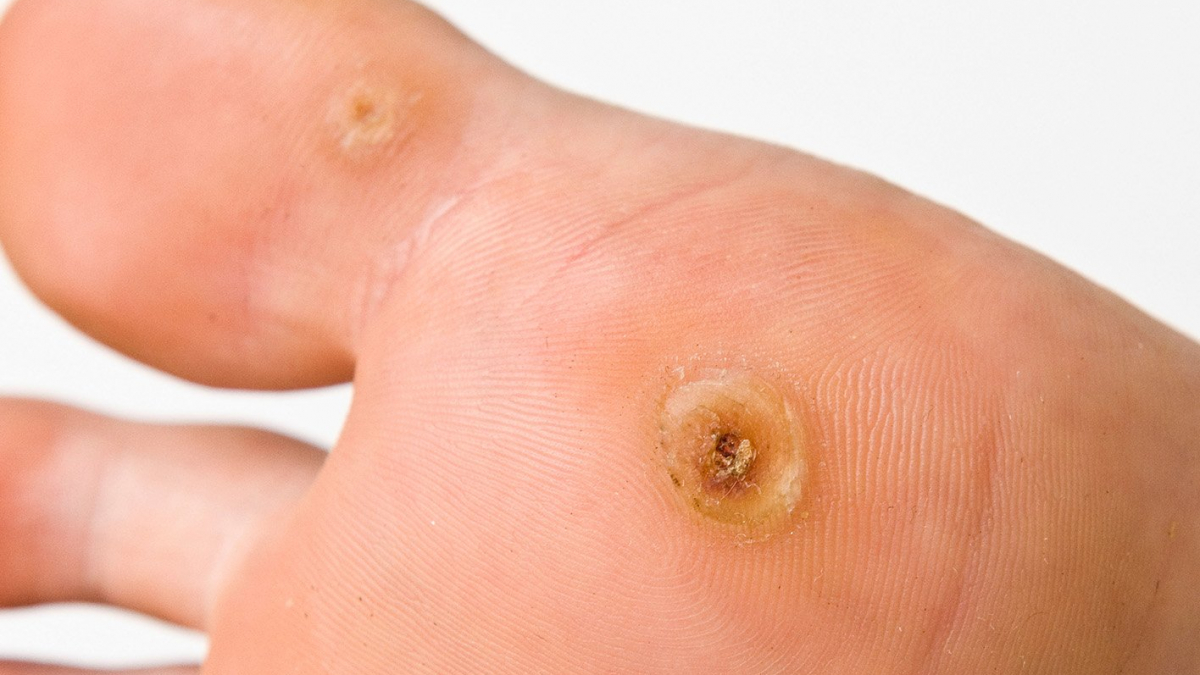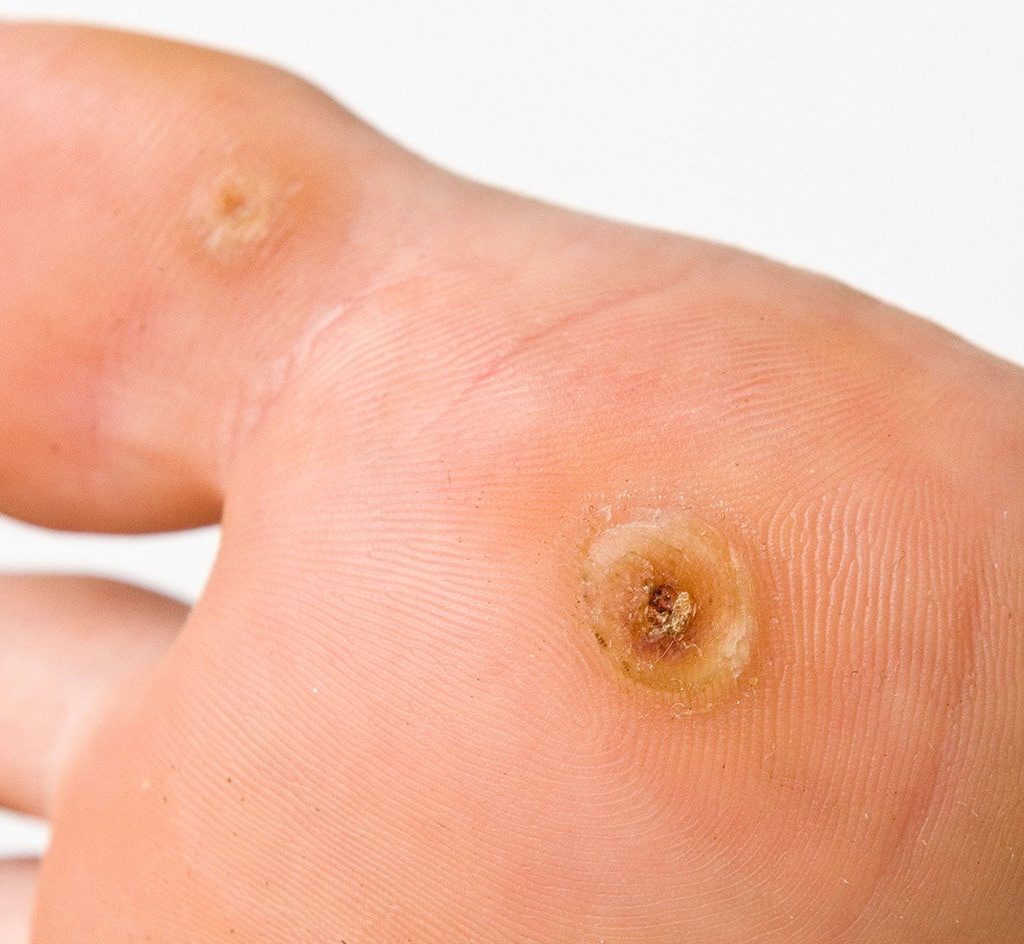What is a corn and how do you treat it? In today’s post we’ll be explaining all.
What is a corn?
A corn is an area of thickened skin which forms due to pressure, rubbing or friction. There are thee types of corns: hard corns, soft corns and seed corns. Corns cause pain, reduced mobility and can become infected when left untreated. For patients with conditions such as diabetes where there is a loss of feeling in the feet, it’s important to see a podiatrist straight away.
What are the three types of corns?
Hard corns
Hard corns are the most common, and are usually found on pressure points of the foot. Such as the sole of the foot or on the top of toes where you might experience pressure from footwear.
Soft corns
Soft corns tend to be more uncomfortable and painful then hard corns, and are trickier to treat.
Seed corns
Seed corns can appear on any part of the foot and have a seed-like appearance, hence their name.
How are corns treated?
Corns are best treated by a professional podiatrist. Your podiatrist will be able to diagnose which type of corn you have, and recommend a suitable treatment plan for you. Typically, the corn will be removed using a scalpel. It’s also recommended to soak the corn in warm water before gently using a foot file to rub down the area.
Your podiatrist can also help you by providing you with devices to help prevent friction between your toes, or redistribute the pressure across the soles of your feet (using orthoses).
How do I prevent corns?
A good start is make sure you’re wearing comfortable, supportive shoes and socks. By selecting the correct footwear, you can reduce the friction and pressure on your foot.
It’s also important to use foot files or pumice stones regularly to gently rub away hard skin. Also, moisturise the skin on your feet to keep it healthy and soft.
Need to book in for a treatment or ask for some advice? Give us a call today on 01226 759 660 or contact us here.




